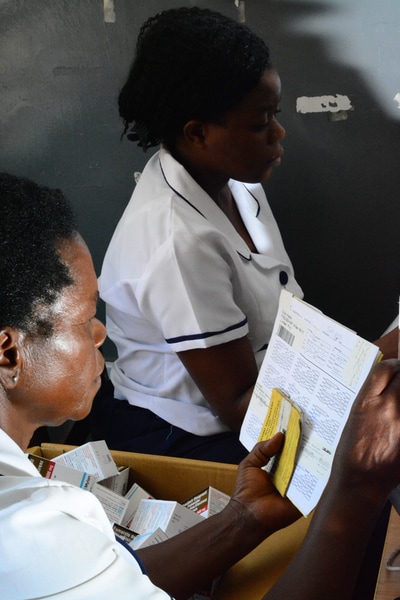Practical Strategies
|
The Practical Strategies section is designed to supplement health care providers' current HIV care services by providing the tools and methods to implement Tingathe’s evidence-based strategies. The strategies were originally designed to be carried out by a team of community health workers (CHWs) at each health facility. However, due to the different resources available and needs of health facilities, the strategies were separated into sections, focusing one strategy per step in the HIV care and services cascade. We believe this will make it easier to navigate and hand-pick strategies that will be most useful for filling a specific health facility's unique gaps and addressing its challenges.
Each strategy has three key parts:
Before adopting any of these procedures, it is important to first recognize the gaps and challenges that need to be addressed as well as the resources available to carry out each of the strategies. After assessing the specific needs and resources, the procedures and tools can be adapted and integrated into existing systems. |
Featured Strategies
|
|
Standard Operating Procedures (SOPs)
SOPs for each strategy outline were constructed to provide: 1) The purpose or background of the activity and the specific gaps it was designed to fill 2) The scope or target audience and setting for the activity 3) The persons needed to implement the activity and their responsibilities 4) A step-by-step implementation procedure |
Case Studies
Case studies support the SOPs by giving specific examples of how the activities or tools are used in practice. In addition to providing more detailed explanations, the case studies can help a health facility visualize the implementation of an activity into its own setting. |
Forms and Tools
This section gives detailed explanations of the monitoring and evaluation forms used to track the progress and effectiveness of the strategy. Each form has a brief explanation on how it is used within the strategy and a corresponding SOP for its implementation. Facility-based tools such as counselling guides and checklists are also included. |





